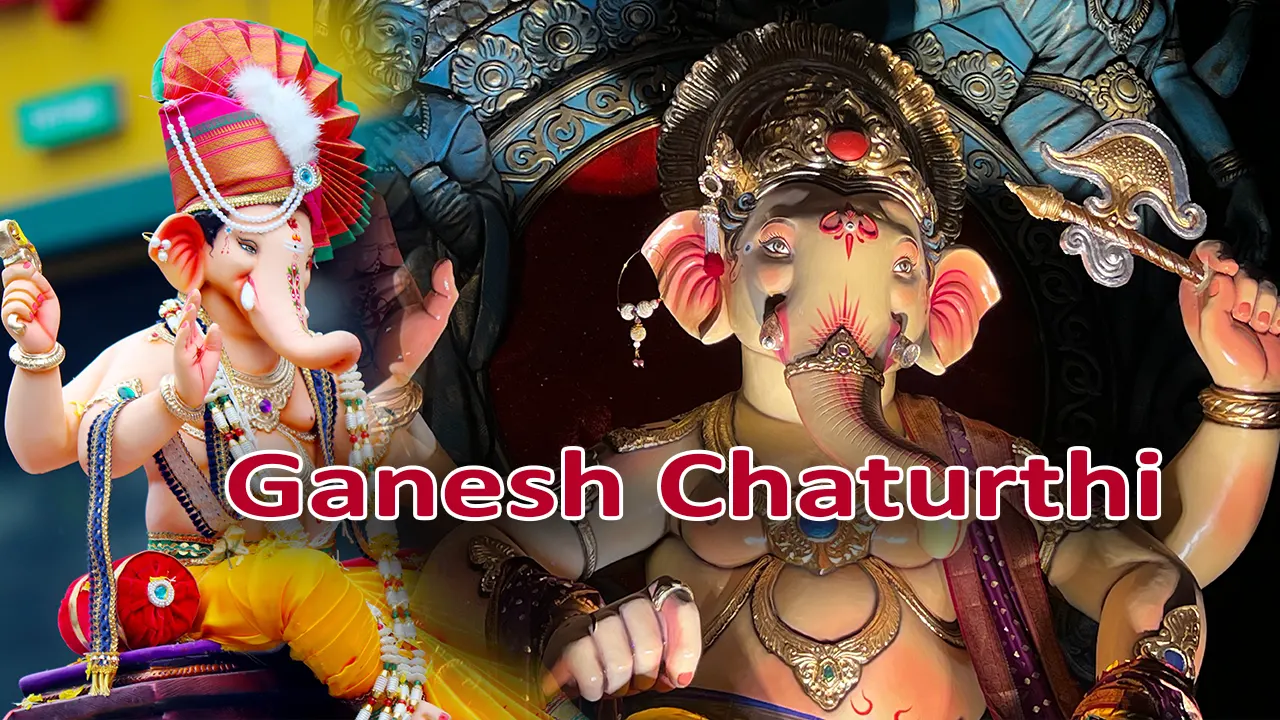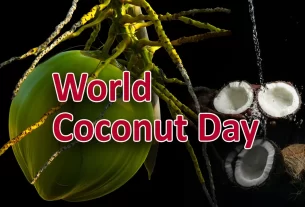Introduction
Ganesh Chaturthi is a widely celebrated Hindu festival that honors Lord Ganesha, the elephant-headed god of wisdom, prosperity, and good fortune. It is one of the most awaited and cherished festivals in India, with millions of devotees coming together to mark the occasion. This festival, also known as Vinayaka Chaturthi, usually falls in August or September and lasts for ten days. Let’s explore the significance, traditions, and customs associated with Ganesh Chaturthi in simple words.
The Legend of Lord Ganesha
Before delving into the festival itself, it’s essential to understand the legend of Lord Ganesha. According to Hindu mythology, Ganesha is the son of Lord Shiva and Goddess Parvati. The story goes that once, while Parvati was bathing, she created Ganesha out of turmeric paste to guard her privacy. When Lord Shiva returned, he was stopped by Ganesha and, unaware of his divine origins, Shiva became furious and beheaded him.
Upon realizing their mistake, Lord Shiva and Goddess Parvati were grief-stricken. To make amends, Lord Shiva instructed his followers to bring him the head of the first living being they encountered, which happened to be an elephant. Shiva then attached the elephant’s head to Ganesha’s body, bringing him back to life. This is why Ganesha is depicted with an elephant head and is known as the remover of obstacles.
The Significance of Ganesh Chaturthi
Ganesh Chaturthi holds immense significance for Hindus for several reasons:
- Obstacle Removal: Lord Ganesha is believed to remove obstacles and bring success and prosperity. People pray to him for blessings before beginning new ventures or important life events.
- Unity and Togetherness: The festival brings people from various backgrounds together. It promotes unity, social harmony, and a sense of community as devotees come together to celebrate.
- Cultural Heritage: Ganesh Chaturthi is an integral part of Indian culture and heritage. It showcases the rich traditions and religious diversity of the country.
Preparation for Ganesh Chaturthi
The preparation for Ganesh Chaturthi begins weeks in advance. Here are some key aspects of the preparations:
- Idol Making: Skilled artisans create beautiful clay idols of Lord Ganesha in various sizes. These idols can range from a few inches to several feet tall.
- Cleaning and Decorating: Homes and public spaces are cleaned and adorned with flowers, rangoli (decorative patterns made from colored powders), and colorful decorations.
- Pooja Items: Devotees purchase essential items like incense, lamps, flowers, fruits, and sweets for the rituals and offerings.
The Ten-Day Celebration
Ganesh Chaturthi is a ten-day festival, with each day having its significance:
- Day 1: The festival begins with the installation of the Ganesha idol in homes and pandals (temporary shrines). Devotees perform Prana Pratishtha, a ritual to invoke life into the idol.
- Days 2-7: These days are filled with prayers, bhajans (devotional songs), and offerings. Devotees visit temples and pandals to seek Lord Ganesha’s blessings.
- Day 8: Known as Ganesha’s birthday, it is celebrated with great fervor. Special decorations and sweets are prepared, and devotees fast until the evening when Lord Ganesha’s birth is celebrated.
- Day 9: This day involves cultural events, processions, and competitions. People often organize cultural programs and dances to honor Lord Ganesha.
- Day 10: On the final day, a grand procession called Visarjan takes place. Devotees carry the Ganesha idol to a water body, such as a river or sea, and immerse it while bidding farewell to the lord.
Visarjan – The Immersion Ritual
Visarjan is a poignant moment in the Ganesh Chaturthi celebration. It symbolizes Lord Ganesha’s return to his heavenly abode. Devotees sing and dance as they carry the idol to the immersion site. The atmosphere is filled with both joy and sadness as people bid farewell to their beloved god.
Environmental Concerns
In recent years, there has been a growing awareness of the environmental impact of Ganesh Chaturthi celebrations. The traditional clay idols dissolve in water, leaving no harm to the environment. However, idols made of plaster of Paris (PoP) and chemicals pose a significant threat to water bodies. To address this concern, many communities have switched to eco-friendly clay idols and natural dyes for decorations.
Conclusion
Ganesh Chaturthi is a festival that encapsulates the essence of joy, devotion, and unity. It is a time when people come together to celebrate the wisdom and blessings of Lord Ganesha. While the festivities may vary across regions, the core essence of seeking blessings and removing obstacles remains the same. Ganesh Chaturthi is not just a festival; it’s a celebration of faith, culture, and the rich tapestry of Indian traditions. So, when the next Ganesh Chaturthi arrives, join in the celebration, seek the blessings of Lord Ganesha, and experience the magic of this beautiful festival.
FAQ
1. What is Ganesh Chaturthi?
- Ganesh Chaturthi is a Hindu festival that celebrates Lord Ganesha, the elephant-headed god of wisdom and prosperity. It usually falls in August or September and lasts for ten days.
2. Why is Ganesh Chaturthi celebrated?
- Ganesh Chaturthi is celebrated to seek the blessings of Lord Ganesha for success, prosperity, and the removal of obstacles in various aspects of life.
3. How is Ganesh Chaturthi prepared for?
- Preparation includes creating clay idols of Lord Ganesha, cleaning and decorating homes, and purchasing pooja items like incense, lamps, and sweets.
4. What happens during the ten-day celebration of Ganesh Chaturthi?
- The ten-day celebration involves daily prayers, bhajans, offerings, cultural events, and a grand procession called Visarjan on the final day.
5. What is Visarjan in Ganesh Chaturthi?
- Visarjan is the immersion ritual where devotees bid farewell to Lord Ganesha by carrying the idol to a water body and immersing it, symbolizing his return to his heavenly abode.
6. How can I celebrate Ganesh Chaturthi in an eco-friendly way?
- To celebrate eco-friendly Ganesh Chaturthi, opt for clay idols instead of plaster of Paris (PoP), use natural dyes for decorations, and participate in immersion sites that promote environmental sustainability.
7. Are there regional variations in Ganesh Chaturthi celebrations?
- Yes, there are regional variations in customs and traditions related to Ganesh Chaturthi. Different regions may have unique ways of celebrating, but the core essence remains the same.
8. Is fasting a part of Ganesh Chaturthi celebration?
- Yes, some devotees fast on specific days of Ganesh Chaturthi as a form of devotion and purification, particularly on Ganesha’s birthday (day 8).
9. Can non-Hindus participate in Ganesh Chaturthi celebrations?
- Yes, Ganesh Chaturthi is a festival that welcomes people from all backgrounds. Non-Hindus are often encouraged to join in the festivities and experience the cultural richness.
10. What is the significance of Ganesh Chaturthi beyond religious aspects? – Beyond religious significance, Ganesh Chaturthi promotes unity, social harmony, and a sense of community among people. It also showcases India’s diverse cultural heritage and traditions.
#ganeshchaturthi #ganpatibappa #bhalakatha #mindplugin #prayas #ganeshpuja





